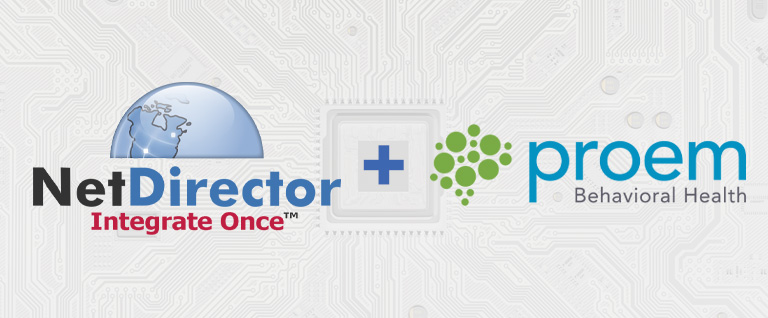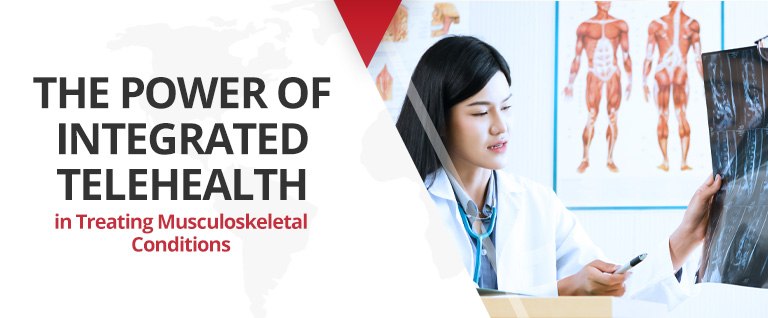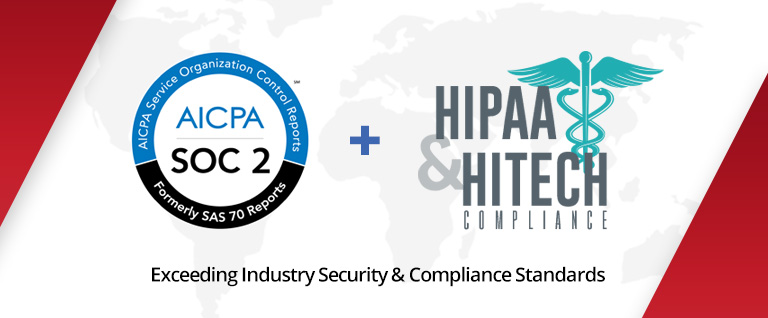The United States continues to outspend other industrialized countries on healthcare, mainly due to higher drug prices, increasing doctor/nurse salaries, rising hospital administrative costs and escalating fees for many medical services, according to a newly published study from the Johns Hopkins Bloomberg School of Public Health.
Per capita U.S. healthcare spending is a stark outlier, 25 percent above the next most expensive nation (Switzerland) and an astounding 145 percent over the median for countries in the Organization for Economic Cooperation and Development (OECD), from which the Johns Hopkins researchers drew their data.
Unfortunately, extravagance doesn’t translate to better healthcare access for U.S. patients. In fact, just the opposite is true. The U.S. trails OECD median totals in numbers of practicing physicians and nurses per 1,000 population, as well as new medical school graduates per 100,000 population and acute care hospital beds per 1,000 population.
What can be done to counter and redirect these trends toward a sustainable path of affordable and accessible care? The answers appear to be a mix of organizational pragmatism and technological leverage.
Operational Integration
Some health systems see vertical alignment with managed care as an important first step toward reining in costs. For example, earlier this month, West Virginia University Health System (operating as WVU Medicine) and The Health Plan announced their intent to form “a fully integrated healthcare delivery and financing system” for patients in the Mountain State. The Health Plan, a nonprofit managed care organization, will become a subsidiary of WVU Medicine.
WVU Health CEO Albert Wright says true cost control and coordination can be achieved through provider-payer alignment. An integrated model enables providers to care for the sick while also emphasizing prevention and wellness among the general population.
Advisory firm Deloitte notes that provider-sponsored health plans make up only about 10 percent of the total market; however, such plans have tremendous promise based on built-in advantages over sometimes adversarial provider-payer affiliations. “They control key parts of the delivery system and have more engaged relationships with their patient consumers,” states a Deloitte briefon provider-health plan integration. “They can employ their market beachheads to the health plan arena to generate new income streams that fuel improvements in their clinical effectiveness and patient experience.”
Technology Makes a Difference
University of Pittsburgh Medical Center (UPMC) has more than 20 years’ experience running its own health plan in Western Pennsylvania. Enrollment in UPMC insurance products now exceeds 3.3 million members, making it one of the largest and fastest-growing provider-owned health plans in the nation. “The partnership generally focuses on opportunities to improve care first, and then is followed by development of payment models to support those efforts,” a UPMC article explains.
Particularly significant has been UPMC’s progress in addressing the scourge of opioid addiction in its patient community. According to UPMC, data silos have been integrated to make real-time information available to clinical decision-makers. Health plan data generates profiles and benchmarks of provider prescribing behavior, identifies patients with opiate usage patterns suggestive of dependence or abuse, and shares with emergency department physicians a view of opiate prescription refills at all pharmacies. In the second half of 2017, UPMC providers lowered opioid prescribing by 18 percent compared to the prior year.
From a broader view, health IT integration initiatives serve as cultural forces in making patient information available electronically when and where needed. In doing so, health IT improves care quality while making its delivery more cost-effective. Providers directly benefit from having accurate and complete information about a patient’s health, according to the Agency for Healthcare Research and Quality. Whether responding to a routine visit or a medical emergency, providers who can access integrated information have the ability to diagnose problems sooner, reduce medical errors, and administer safer care at lower costs.
What’s more, health IT integration supports improved care coordination and dissemination of patient status information with family members and other caregivers.
NetDirector’s HealthData Exchange platform seamlessly automates and secures the sharing of information and documents across the healthcare ecosystem, from small physician practices to multi-facility health systems and points in between. In an industry gearing up for more prevalent integration, NetDirector’s technology brings the advantage of a reliable and tested platform.
To learn more about HealthData Exchange, contact us or request a free demo.




